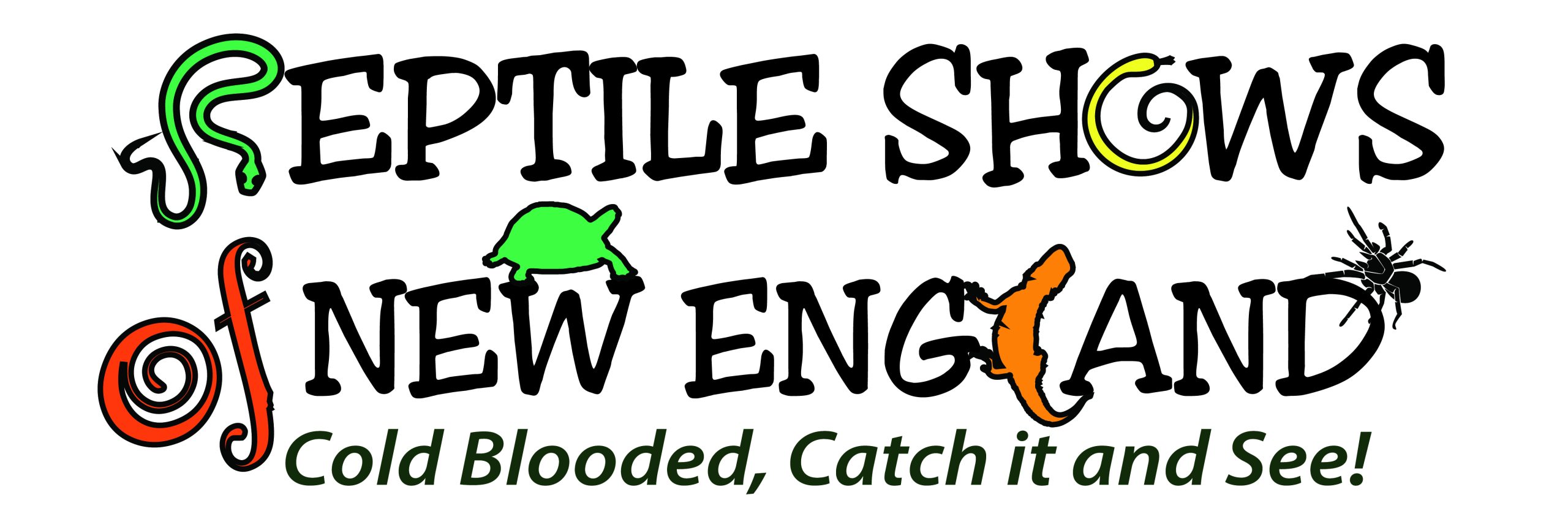When most people think of Florida, they conjure up thoughts of peaceful retirement communities and childhood trips to Disney World, however there is a lot more than meets the eye when it comes to visiting the Sunshine State on your summer vacation. Florida is also home to a diverse variety of animal life, and while some species are native to the land, others are a dangerous threat to Florida’s delicately balanced ecosystem.
Here are 10 examples of non-native animals that now call Florida their home:
1. Wild Boars
Also known as feral hogs, the invasive wild boars of Florida are known to root around in the dirt for their food, which has a big negative impact on the local ecosystem. Although their diet consists primarily of plants, this relative to pigs can weigh several hundred pounds and is known to be very aggressive to other animals and humans!
2. Lionfish
These spiky-looking striped fish spotted off the Floridian coast like to prey on smaller fish and hang out around coral reefs and seagrass beds. To accompany their intimidating appearance, the lionfish’s spines are venomous, which makes this invasive species multiply very quickly due to their lack of natural predators. Due to this fact, the lionfish has disturbed the population growth of native fish off the coast of Florida. Yearly competitions have been held since 2009 to eradicate these dangerous and destructive fish, and to help fund these programs local restaurants have introduced lionfish to their menus.
3. Giant African Land Snails
Unlike the snails you would find in a French restaurant, giant African land snails pose a threat to Florida residents and their plantlife. Not only are these snails the host to a parasite that has been linked to cause meningitis in humans, but they are also endlessly hungry creatures! Giant African land snails eat every kind of plant native to Florida and have also been known to feed off of the home-building material “stucco” and paint off of residential vehicles in order to maintain their calcium supply.
4. Vervet Monkeys
Many travel articles warn about vervet monkeys when visiting Florida, because they may seem cute and innocent but in reality all they really want is to eat your food. These monkeys are omnivores, meaning they will eat anything and everything, making them a nuisance to tourists and large competitors for native animals’ food sources.
5. Asian Green Mussels
Another invasive species found off the coast of Florida are Asian green mussels. These mollusks grow together in tightly formed clusters, which has led to some native oyster beds becoming smothered and overtaken! Alongside the damage to the ocean ecosystem, Asian green mussels have also caused problems for shipping boats and other water vehicles due to their tendency to cluster together and weigh down the objects they latch onto.
6. Cane Toads
Cane toads are another omnivorous species that produces a natural toxin known to harm the animals that encounter them. The most common animal to fall victim to a cane toad’s toxin is man’s best friend. Dogs have been reported to suffer from seizures when exposed to the toad’s toxic secretion.
7. Iguanas
Florida iguanas are normally green in color, and feed on a wide variety of vegetation. They seem to really favor the homeowners’ beautiful flowerbeds. Adult iguanas can weigh up to 17 pounds, while reaching a length of nearly 8 feet! Unfortunately, these big lizards have been reported to cause structural damage to housing when they dig burrows for themselves. They also don’t know how to clean up after themselves when they use the bathroom, and their waste can cause quite the nuisance for Florida residents to have to deal with!
8. Cuban Tree Frogs
Found in high volumes in the South of Florida, Cuban tree frogs are regarded as pests. Not only do they compete for resources from the point of being tadpoles, they also prey on small snakes and smaller native tree frogs as a food source.
9. Tegus
Growing to be around 4 feet in length, Tegus are some decently sized reptiles! Luckily, they tend to avoid humans as much as they can, but their prime source of food comes from burrowing into alligator and turtle nests to eat their eggs. Tegus are not only a threat to other reptiles but have been known to also eat the eggs of ground-nesting birds and other reptiles. They have between 60-80 razor-sharp teeth, and jaw muscles almost as strong as an alligator roughly half their size.
10. Burmese Pythons
The average size for this invasive reptile is just around 10 feet in length, however the record size for a female Burmese python from Florida was recorded at over 16 feet! These snakes are not venomous and they are known to prey on native frogs and snakes, as well as endangered birds, the threatened American Crocodile, and the American Alligator. Because the Burmese python is not native to the state of Florida it does not have any natural predators, which has allowed it to thrive and grow in population immensely, especially due to its large egg yield. Florida’s most recent record was 97 eggs in one female.
Reptile Shows of New England showcases a variety of reptiles, including iguanas, Tegus, and even Burmese pythons. After learning about these invasive species, if you are interested in interacting with these reptiles up close and personal then book a show today!





